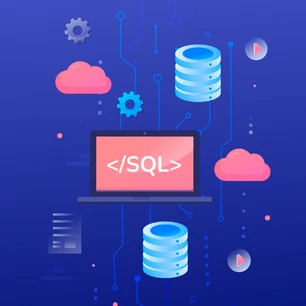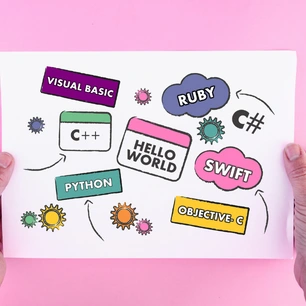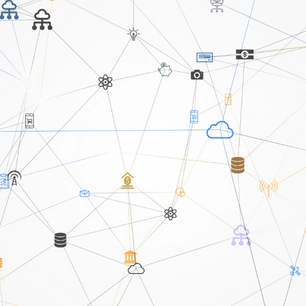A fundamental cloud computing architecture provides a high-bandwidth environment for users, ensuring uninterrupted access to applications and data. It also provides a flexible, on-demand network with network security. And it can scale up to serve millions of users in minutes. This architecture is designed to scale with the demands of a growing business so that it is affordable and easy to implement.
Service-oriented architecture
The service-oriented cloud computing architecture focuses on enterprise-wide software services. The model allows reusable software components and services to be deployed throughout the enterprise. Using this type of architecture, the business processes and applications are able to communicate with one another over a distributed network. The architecture's key characteristic is supporting both traditional and new cloud facilities.
A service consists of all the data and code needed to perform a specific business function. For example, a bank could use a service to calculate loan payments or process a mortgage application. These services are called by other applications and are loosely coupled. These characteristics make it possible to reduce the dependencies between applications.
A service-oriented approach makes good sense as more businesses move their file storage to the cloud. SOA reduces the amount of analysis required when developing custom solutions. Service-oriented architecture can be used with or without cloud computing, but using them together makes the most sense.
Event-driven architecture
Event-driven architecture is architecture that revolves around events. Instead of storing data in a data lake, it tracks events as they happen, making them the source of truth. This approach makes events the most important component. An event-driven architecture's key advantage is that it optimises real-time analytics. As a result, it can identify patterns before critical events occur and react quickly to them.
An event is a fact represented by an event message, which propagates from the event producer to an event processor. This event processor processes that information and takes action specified in the event message. It also stores messages from all events in an event log for later processing. This log is useful during system crashes, and it can be used to run performance tests.

Another major advantage of an event-driven architecture is that it allows for flexible re-organisations of microservices. This helps companies create fewer cross-team dependencies, enabling them to quickly react to changes. This architecture also allows for independent access to event streams, making introducing new consumers to the system easier.
Platform strata
The cloud computing architecture is split into three major layers. First, there are the infrastructure strata. These provide computing and storage capacity and divide the physical resources into groups. Next are the platform strata, which contain the operating systems and structures required to support applications. Ultimately, the cloud computing architecture relies on these three layers to support clients' services.
The main purpose of cloud architecture is to provide high bandwidth for users, ensuring uninterrupted access to data and applications. It also provides a secure and agile on-demand network. This way, applications and data can be easily transferred between clouds and servers. Finally, the cloud is used to manage billing and administration programs.
Cloud runtime
Cloud runtime is the core of cloud computing architecture. This platform allows the cloud to process heavy data without a physical server. It can even handle the workload of a virtual machine. It also enables a graphical user interface (GUI) for web-based applications.
In a cloud, resources are shared among multiple tenants. This creates a cost-effective redundancy and reduces the distance needed for recovery. Cloud services can be accessed on a public or private network. The cloud infrastructure is managed by a service provider. The consumer does not manage the underlying cloud infrastructure but can take care of some limited user-specific configuration settings.
Cloud runtimes are created through virtualisation software. These software programs are commonly known as hypervisors. Examples of Hypervisors are VMware Fusion, Oracle Virtual Box, and Oracle VM for x86. They also use storage to store data needed to operate the cloud software. Storage types depend on the cloud service provider, but some offer persistent storage.











